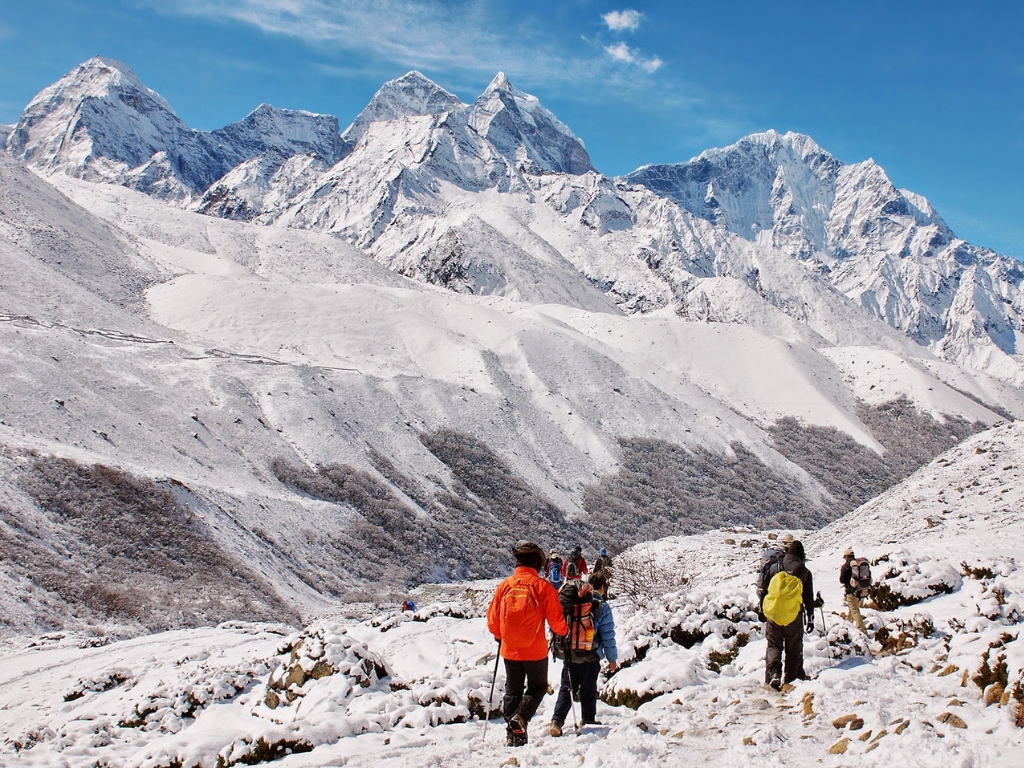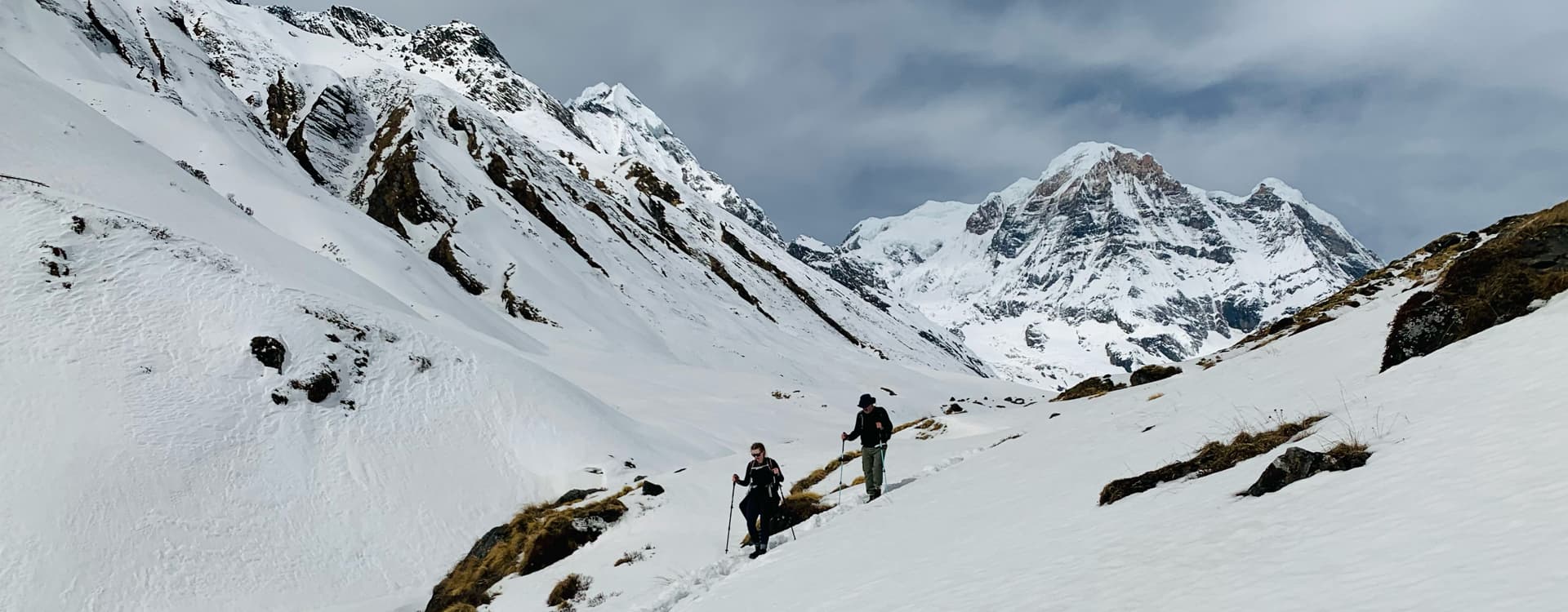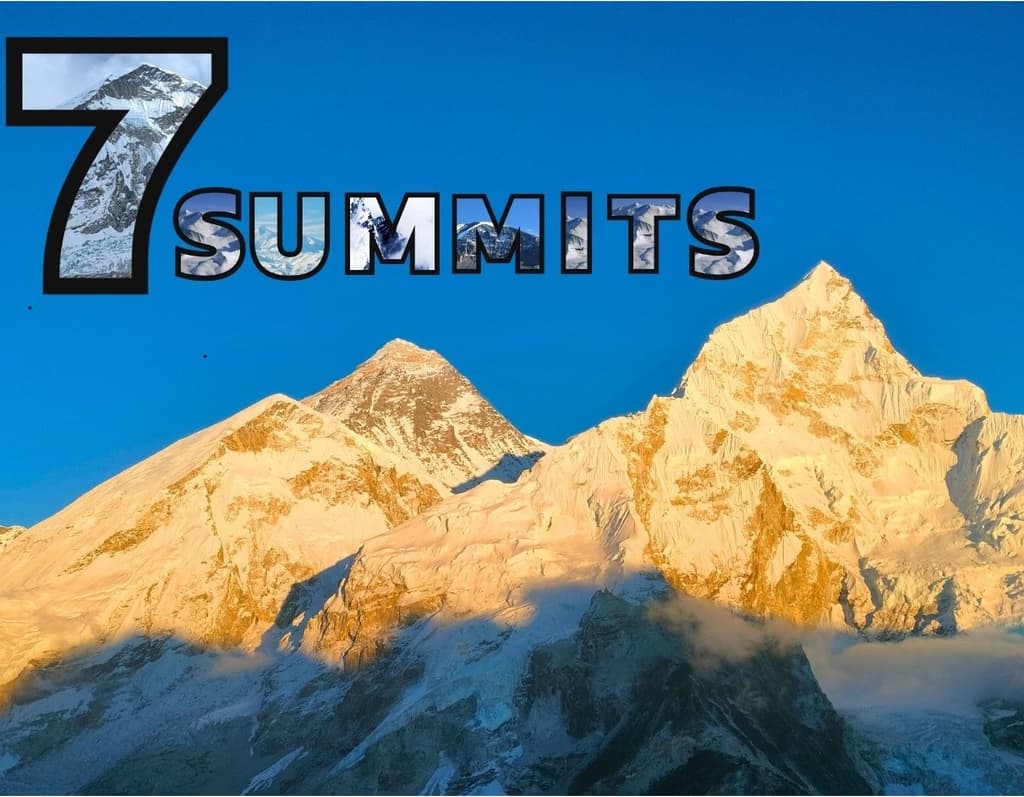Nepal's mountains and its foothills offer innumerable outdoor opportunities for tourists. The most popular activity among tourists visiting this Himalayan country is trekking. Home to eight of the 14 highest mountains in the world, Nepal has some of the best trekking trails in the world. More than fifty percent of the tourists visiting Nepal annually choose to trek along its high mountain trails.
However, not all make it to their destination. A considerable number of trekkers are compelled to give up their trek due to fitness issues or injuries. One has to remember that fitness is the key to a successful Himalayan trek. The better shape you are in, the more enjoyment you are going to have. Therefore, if you are planning a trek to Nepal, you have to be in top physical condition before embarking on your adventure. But how do you get fit for trekking in Nepal?
First of all, you need to have a training schedule and stick to it. Start your training at least four months before your scheduled departure. If you can, you can start training six months prior to your trek. The fitter you are, the easier it will be for you on the trail. Once you draw up your fitness routine, make sure to follow it religiously. Here we share some tips on ‘How to get fit for trekking in Nepal – Best Training for Mountain Trekking’.
So get ready, steady, and go!
How to get fit for trekking in Nepal – Best Training for Mountain Trekking
Book Your Trek

First and foremost, make sure that you have a trip ready. If you have a habit of putting things off until the last minute, booking your flight tickets and trek in advance will be motivation enough to kick-start your training. Having a fixed date and plan ready for your adventure will encourage you to set a fitness goal and work towards it dedicatedly. Moreover, when you have paid for a trip, you will be compelled enough not to make excuses and start training for your trek.
Build up Your Endurance

Most treks in Nepal are high-altitude treks that take you to an elevation of 4000 meters and more. The very popular Everest Base Camp Trek reaches a height of 5545 meters above sea level at Kala Patthar. The air gets very thin, and breathing becomes difficult at high altitudes. Having a strong heart and lungs is important to survive in such conditions. Cardiovascular training is a must if you want to trek along the foothills of the high mountains.
Include some intense cardio exercises in your training regimen. You can take up jogging, cycling, swimming, and rowing. Doing some high-powered aerobic exercises will build up your heart and lung capacity. The stronger cardiovascular training you have, the better you are going to feel when the air gets thin and your breathing becomes heavy at high altitudes.
Strength Training

Trekking involves long days of walking on mountainous terrain (up and down) for multiple days. On average, you will have to walk 5–6 hours each day. The steep ascents and descents can be very hard on your leg muscles. Strength training will build up your muscles, especially of the legs, core, and lower back. Strength training will also minimize muscle soreness and help you feel good even after multiple days of walking.
To improve your leg strength, you need to work on your thigh muscles, quadriceps, and hamstrings. Also, you need to work on the muscles around your hips and glutes. All these muscles will support you as you go up and down the trail. Including multiple sets of squats, lunges, deadlifts, glute exercises, step-ups, step-downs, etc., will go a long way in building up your leg and lower back muscles.
Go Hiking
.jpg)
Hiking regularly before the start of your trip will build up your muscular strength as well as make you more experienced. Going on hikes will teach you how to use your body and hiking equipment efficiently. By taking to the trails, you will learn how to balance yourself and react to the unstable terrain. The hiking experience will help you prevent falls and injuries while you are walking over loose rocks, slippery ice, and snow.
Go on your hikes carrying a backpack with the weight you will carry during your Nepal trek. Choose trails that are hilly and have plenty of ascents and descents. Practicing walking over hilly terrain will be good enough preparation for your Himalayan trek.
Breathing Exercises
Try to learn breathing techniques that will help improve your lung capacity. At high altitudes, the air is thinner and the oxygen is lower than at sea level. While trekking at high altitudes, you will usually suffer from shortness of breath and tiredness. But if you have mastered the art of correct and conscious breathing techniques, chances are you may not have to huff and puff on the mountainous trails.
Learning ‘pranayama,’ a breathing technique followed in yoga, can be really helpful for your high-altitude trek. Practicing the different breathing exercises under ‘paranayama’ can improve your blood circulation and regulate your body temperature.
Eat healthy and boost your immune system- Having a healthy immune system will go a long way in ensuring that you do not fall sick during your trek. If your immune system is strong, you can fight off minor infections and disease-causing germs. The trekking trails are a gathering place for trekkers from all over the globe. There will be people who will be bringing with them germs from their own country. The freezing cold, dust (at some of the trails), and unsanitary conditions of shared toilets (at some places) could also add to your woes.
You can protect yourself if you have a robust immune system. To boost your immunity, first and foremost, you need to eat healthy. Include lots of fresh vegetables and fruits, poultry, and dairy products in your diet. Try to minimize your intake of fast food and processed products. Having a rich protein-based diet (meat, dairy, beans, etc.) will help you build your muscle mass. Load up on Vitamin C and D, magnesium, and zinc to help you fight off common cold and respiratory infections.
Break in your hiking boots and try out your gear – If you have a new pair of trekking boots, you can try to break them in and mould them to the shape of your feet before the start of your trip. Nothing is more uncomfortable than putting on a pair of shoes that pinch.
During a long trekking adventure, having a comfortable and light pair of footwear is really important. Hobbling around uncomfortably for hours on end while wearing a brand-new pair of hiking boots should not be an option. Therefore, break in your new pair of hiking boots before the start of your journey. Go hiking wearing the hiking boots you will wear during the trek.
It's important that you break in your new boots to make them comfortable enough for trekking. You will also get used to the weight of the boots. You can wear them on your hikes and walk and jog around wearing them. You can also try out the clothes you will wear during your trek to find out how comfortable they are.
Bonus Tips

Additionally, there are things you can do during the trek to help you avoid altitude sickness, like proper acclimatization, keeping yourself hydrated at all times by drinking lots of fluids, keeping your pace slow and steady, and having a good rest. Stretching your body before and after the day's trek will minimize the risk of injuries and muscle spasms.
If you are on a trek in Nepal, acclimatization is really important. Add some rest days to your itinerary so that your body can acclimatize properly. Your body should gradually get used to the rarefied air in the high mountains. Going up too fast and too soon is one of the major causes of AMS (altitude mountain sickness).
You should not treat your trek as a race and should walk at your own comfortable pace. If you go too fast, you will put too much stress on your heart and lungs, and they may collapse due to overexertion. Remember, there's very little oxygen at higher elevations, and your heart and lungs must do more work to pump oxygenated blood into your system. Taking it slow and steady will keep your heart and your lungs working normally and will help you reach your goal without any physical discomfort.
Having a positive attitude and mindset also helps. Especially during intense high-altitude treks like the Three High Passes Trek and Manaslu Circuit, mental and physical strength are required in equal measure to complete the trek. If you are in good shape, physically as well as mentally, you will enjoy your trek, and you won't suffer much on the trail.
Conclusion
Physical as well as mental fitness is an important requirement for trekking in Nepal. You should have a good physical training strategy in place before your trek. It's important that you start training for your trek in earnest at least three or four months before your scheduled departure. You can start earlier too if you feel motivated enough. The more effort you put in, the greater the chances you have of completing and enjoying your trek.
When you are fit and have the required strength to make it through the high-altitude zone, you will be able to enjoy your trek without any stress or pain. The Nepal Hiking Team is always ready to address your concerns and help you prepare for a safe and successful trek. If you have any queries related to trekking in Nepal you can reach out to us on our social media pages or via email.



Post a Comment